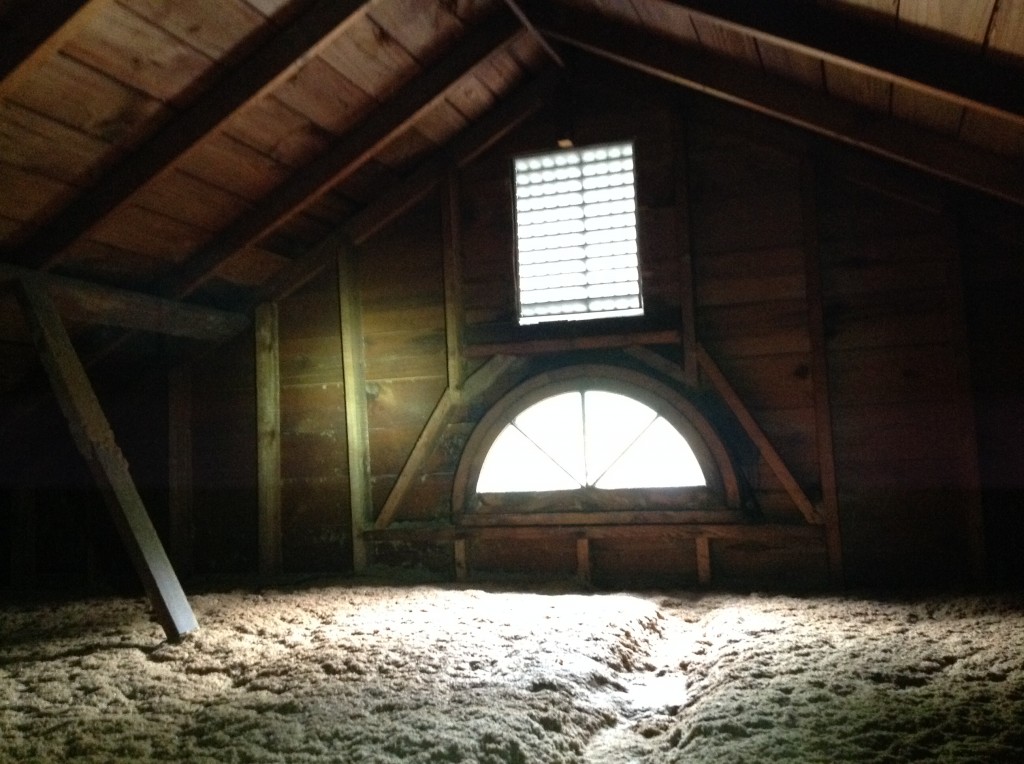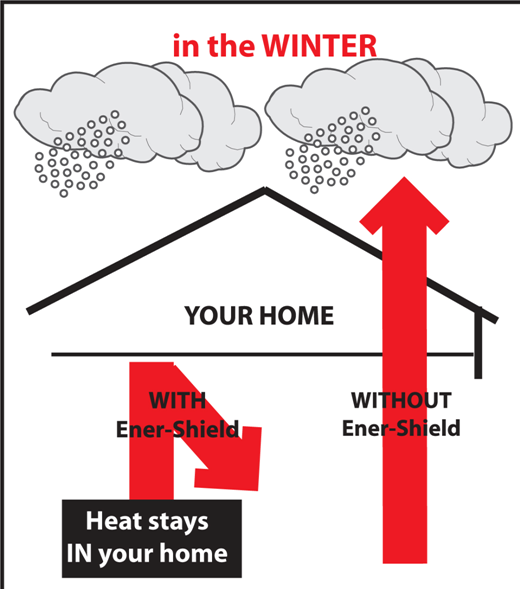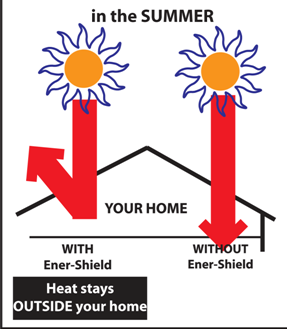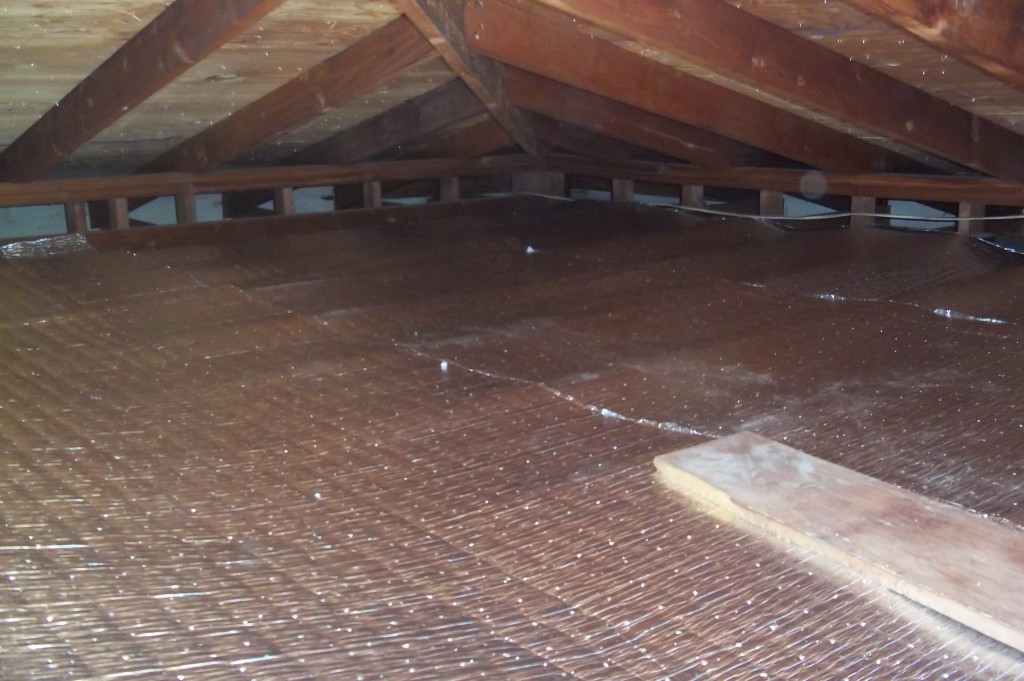In our last series of blogs we discussed how heat loss from inside your home escapes through your existing insulation, warms the air inside your attic between the insulation and the roof’s decking, transfers that warmth through to the shingles, melts the snow which drains to the unheated over-hang area which refreezes and creates ice dams.
The goal here should be to keep the heat inside your home and reduce not only heating costs during the winter but also cooling costs during the summer months. With proper ventilation as we discussed in our previous blog, during the winter any residual warm moist air that moves up and through our insulation will be exhausted with a proper ventilation system including very hot air in the summer months.
Dennison Exterior Solutions have always considered ourselves an innovators in that we try to find the most technologically

advanced methods or products on the market today that are made and manufactured in the USA and install them on our customer’s homes. In that tradition and on this subject of proper insulation our company is the only certified and authorized company in the Southwest Michigan and Michiana area to install what we call Heat Deflector Insulation. The Heat Deflector uses NASA space technology to deflect 97% of the heat up into the attic during the summer months and down into the living areas during the winter months.
Heat Deflector Insulation is technically a radiant barrier with an R-value of 15.67 and a vapor barrier however, once you include the deflective nature of the Heat Deflector Insulation the R-value increases to a 30R-value. Most homes initially have about 8 to 15 inches of blow-in or batt type of insulation already installed on the attic floor which would equate to about an existing R-value of between 19 and 49 depending upon which type of insulation is actually installed.
The Department of Energy recommends that an attic attain the R-value of 49 to 60 for the Southwest Michigan and Northern Indiana areas. To move within that recommended insulation  range I would recommend that we install the Heat Deflector
range I would recommend that we install the Heat Deflector  Insulation when we replace your roof. The Heat Deflector deflects 97% of the heat down during the winter months allowing the heat to stay in or as close to the living areas of your home as possible and during the summer months deflects the radiated heat from the sun up and prevents that heat from radiating down into the living areas. This heat in the attic during the summer is then exhausted out of the attic with proper ventilation.
Insulation when we replace your roof. The Heat Deflector deflects 97% of the heat down during the winter months allowing the heat to stay in or as close to the living areas of your home as possible and during the summer months deflects the radiated heat from the sun up and prevents that heat from radiating down into the living areas. This heat in the attic during the summer is then exhausted out of the attic with proper ventilation.
 Testing by the Department of Energy has proven that the Heat Deflector Insulation can reduce your utility bills by anywhere from 20 to 45%. This product is maintenance free and is installed on top of your existing insulation.
Testing by the Department of Energy has proven that the Heat Deflector Insulation can reduce your utility bills by anywhere from 20 to 45%. This product is maintenance free and is installed on top of your existing insulation.
Over the last few blogs we have discussed how ice dams are formed and how by using proper insulation and ventilation we can mitigate the damaging effects. Proper levels of insulation will minimize the amount of heat that filters its way into the open space of the attic and proper ventilation will help exhaust that residual heat from the attic minimizing the warmth in the attic from transferring to the shingles on your roof. Having said that, let’s remember that there is only so much a homeowner can do to mitigate the ice buildup at the eave edges as no matter what we do at some point the ice and snow has to melt and drain to the eave edges.
In or next blog we will tackle what methods can be taken to prohibit the damage ice dams can cause to your gutter system and the shingles at your eave edges.